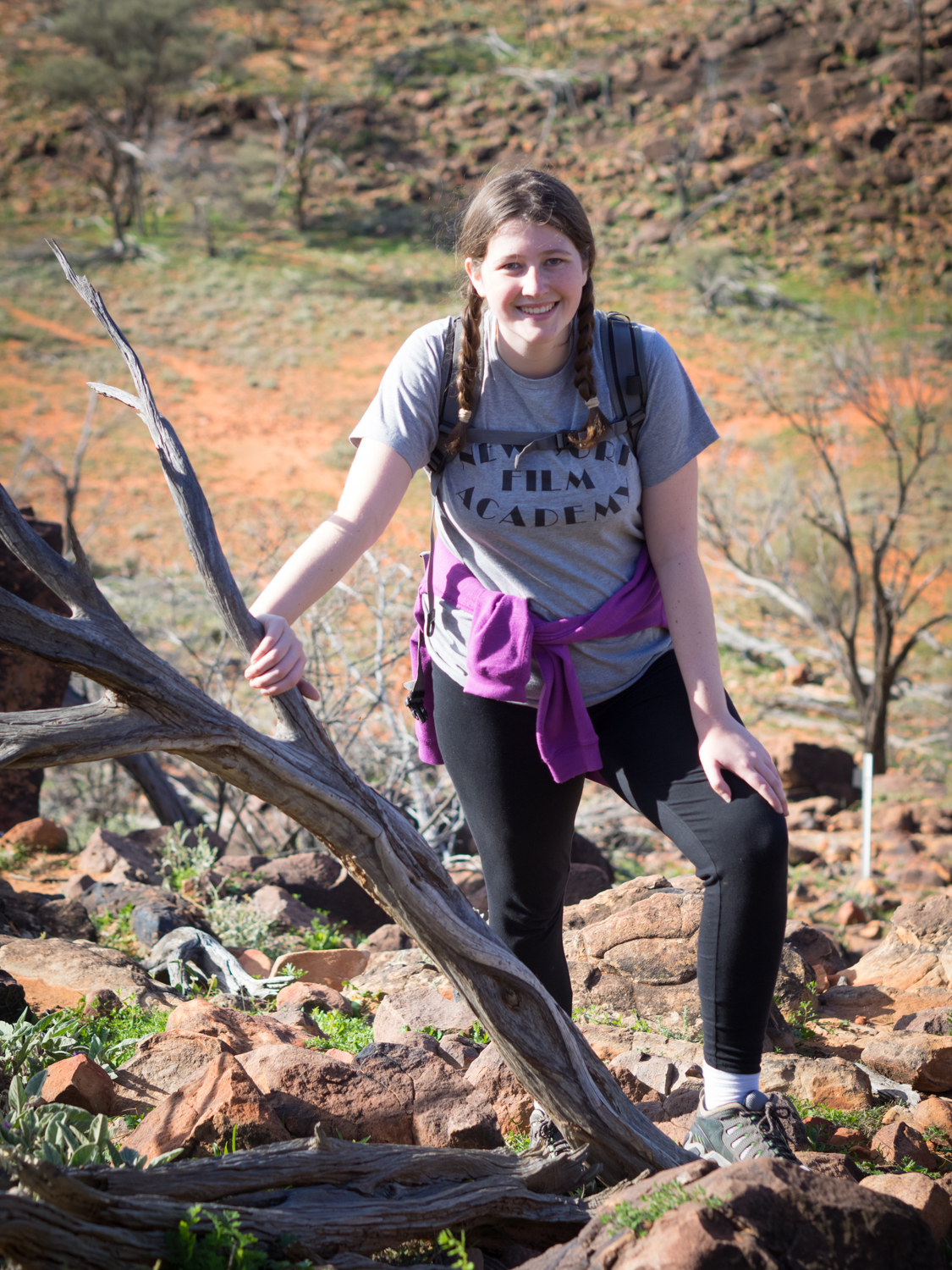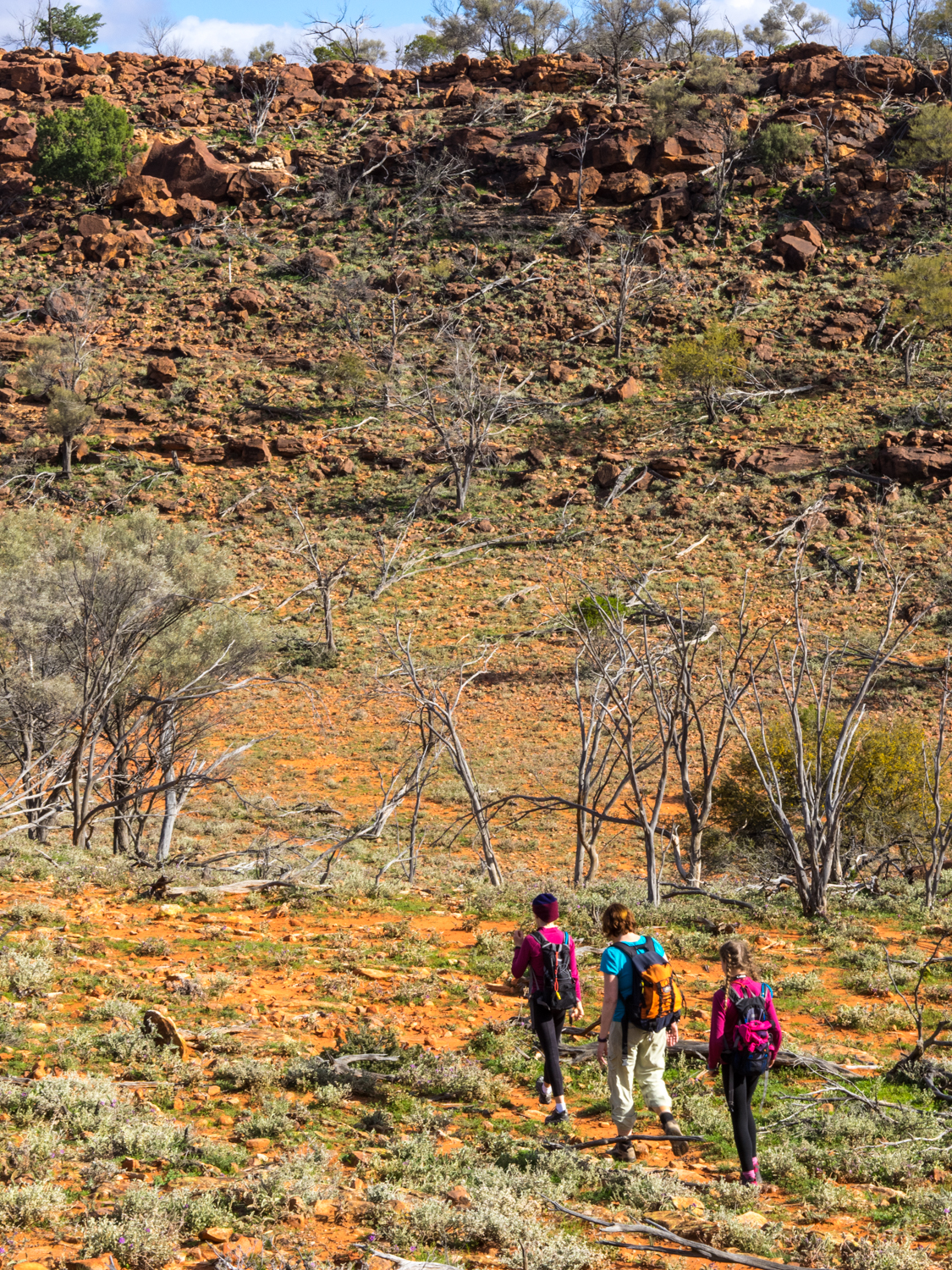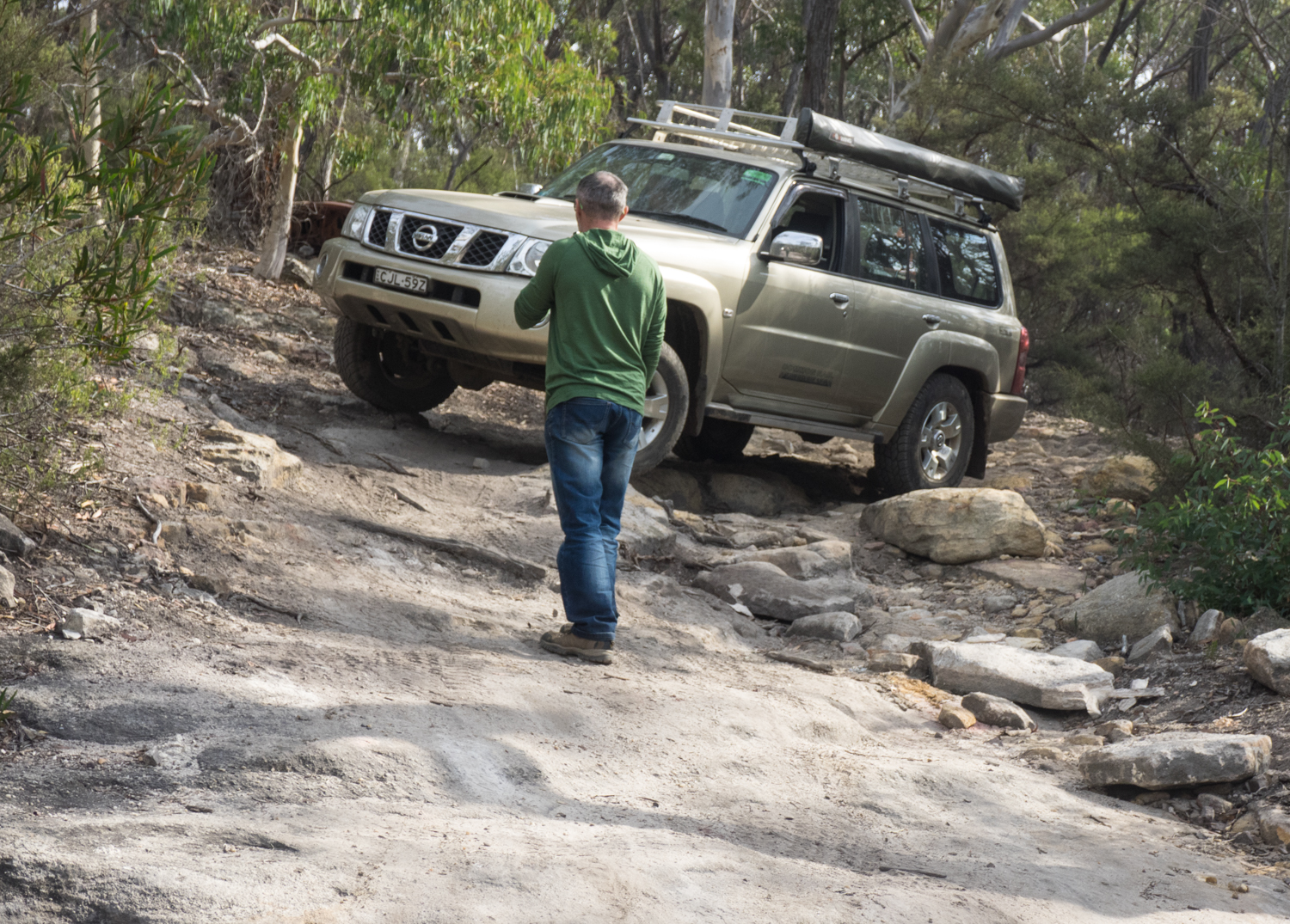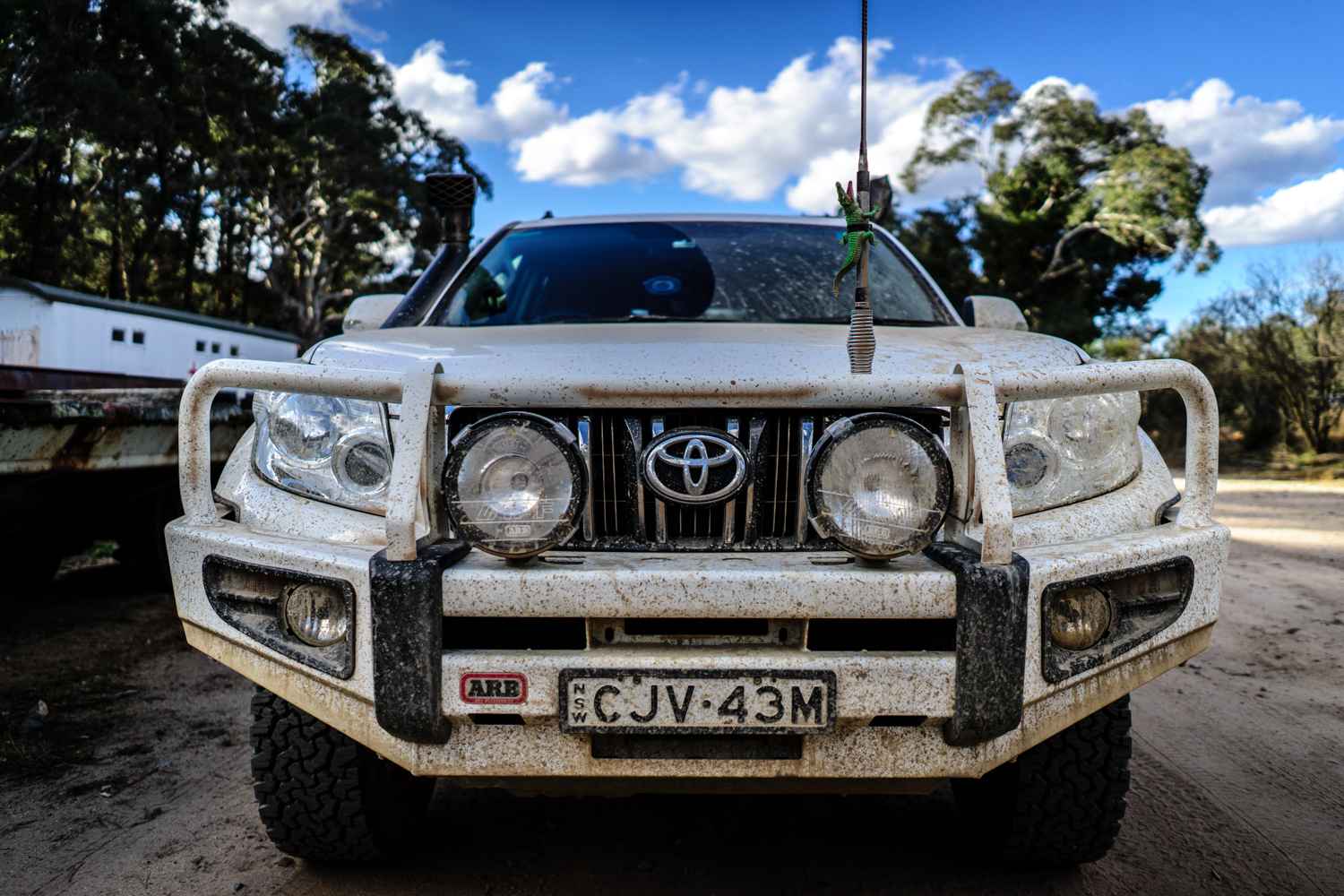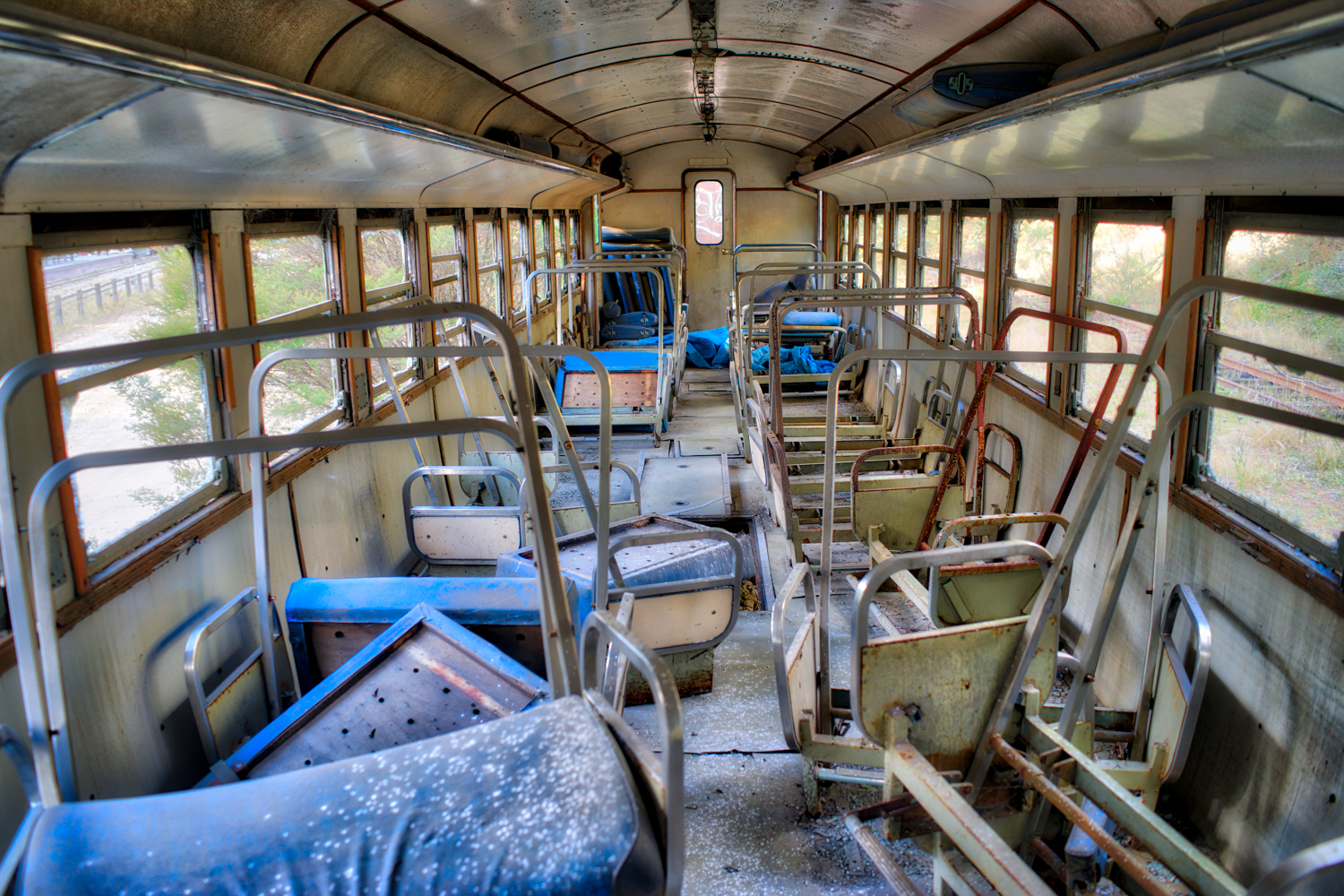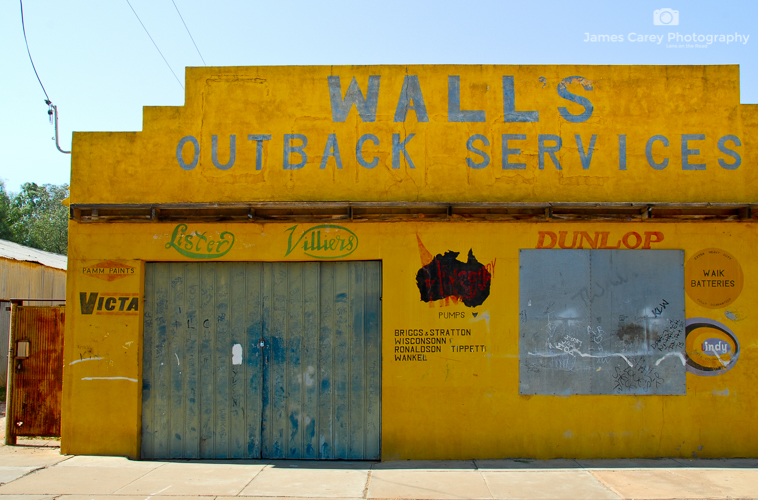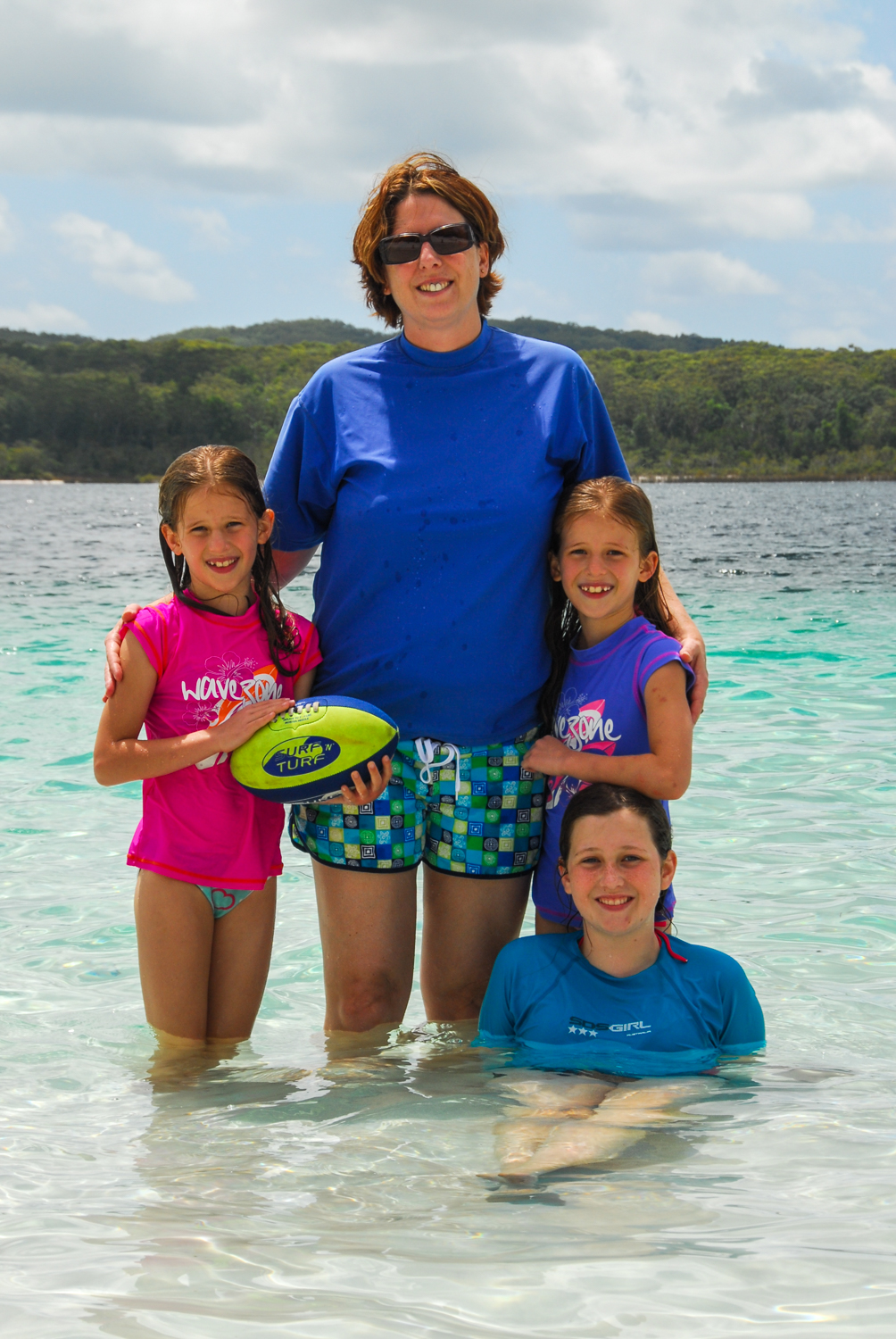This story appeared in the October/November 2016 Issue of GoCamping. It is based on a trip along the Frome Downe Track in the Gammon Ranges, South Australia.
Much like Slim Dusty’s tune about the stockman who rides up to the local watering hole only to find “the pub has no beer”, we arrive at Waukaringa Hotel only to find it dry. This is not surprising, being the last remaining ruin from the original Waukaringa township of the 1880’s. Once a thriving mining town, the only other signs of an earlier life is the deep mine shafts, scattered bolts, and other workings discarded from settlers searching for the elusive yellow metal.
We arrive here to set up camp not long after leaving Yunta a small village near the NSW-South Australian Border that serves the passing travellers who rush along the Barrier Highway. Our goal was to leave the procession of cars and trucks and take the less worn path north along the Frome Down Track. From here we won’t see another sign of black tar until we reach Leigh Creek, over 500km away.
The Frome Down Track can be traversed by any standard 4WD making it a great alternative for those wanting to get away from the crowds. The lower part of the track is generally in reasonable condition due to local mines near by. Where yellow gold was once unearthed, this has been replaced with yellow cake as uranium is extracted from the ancient riverbeds.
While mining is still going on today, life as a miner in this isolated, parched land must have led many to drown their sorrows in the Waukaringa Hotel. Leaving camp, it is not long before we find another sign of the challenges of living on the land as we take a detour to the Erudina woolshed. With a series of good rain seasons in the late 1800, the government issued numerous pastoral leases. However Dorothea Mackellars poem could not be any truer as droughts quickly replaced the flooding rains. The woolshed is a reminder of the challenge of maintaining a head of sheep in this remote landscape.
From here the track meanders through Spinifex, tussock grass and gidgee woodland. The two small wheel ruts are lined with Sturts Desert Pea, much like Captain Charles Sturt recorded in 1844 " growing amid barrenness and decay, but its long runners were covered with flowers that gave a crimson tint to the ground". During this expedition Sturt and John McDouall Stuart explored the eastern shores of Lake Frome before turning north searching for an inland sea.
Much like Sturt and Stuart, we continue on our expedition following the edge of Lake Frome. While there is a rough 4WD track that heads out to the Lake we make our way to Balcononna in the Vulkathunka-Gammon Ranges. Having travelled through the flat vast plains, the rising Gammon Range erupts from the earth creating deep chasms and gorges carved by the rare river floods. A hike along the Weetootla Gorge is a great way to experience this geological museum of 800 million year old rocks twisted and deformed. What was once an inland sea has now been buckled and then eroded, providing an ideal home for the yellow-footed rock-wallaby.
Our camp for the next few days is an isolated spot next to one of the many dry river beds. If you want to have a break from the canvas there is the option of staying in Balcanoona Shearers Quarters or Grindells Hut built in the early 1850s. But the reason we travel these remote parts is to camp amongst the Coolabah Trees with the camp oven gurgling over the open camp fire.
North of Balcononna is Arkaroola which contains an extensive range of 4WD tracks. But we head west following part of the Wortupa 4WD Loop track. The full loop is 80km as you rise and fall over the range, each crest opening up to an epic panorama that would grace any Ken Duncan wall.
Heading further west, we exit the park and pass more reminders of the challenges of living on the land such as the Idninha and Yankaninna homestead ruins. While the early Europeans made hard work living here, the traditional custodians of the land, the Adnyamathanha People have continued to coexist. In 1998 the Nantawarrina Indigenous Protected Area, which covers 58,000 hectares of their land between the Gammon and Flinders Ranges, became the first indigenous protected area to be declared in the country.
Adnyamathanha means ‘rock’ or ‘hills’ people, and as we pass through the protected area the last glimpses of this rocky red escarpment disappears from the rear mirror. Eventually black tar reappears as we reach Leigh Creek, completing a 500km track that few travel. It must be time to find a hotel that serves beer.
























































































































































































